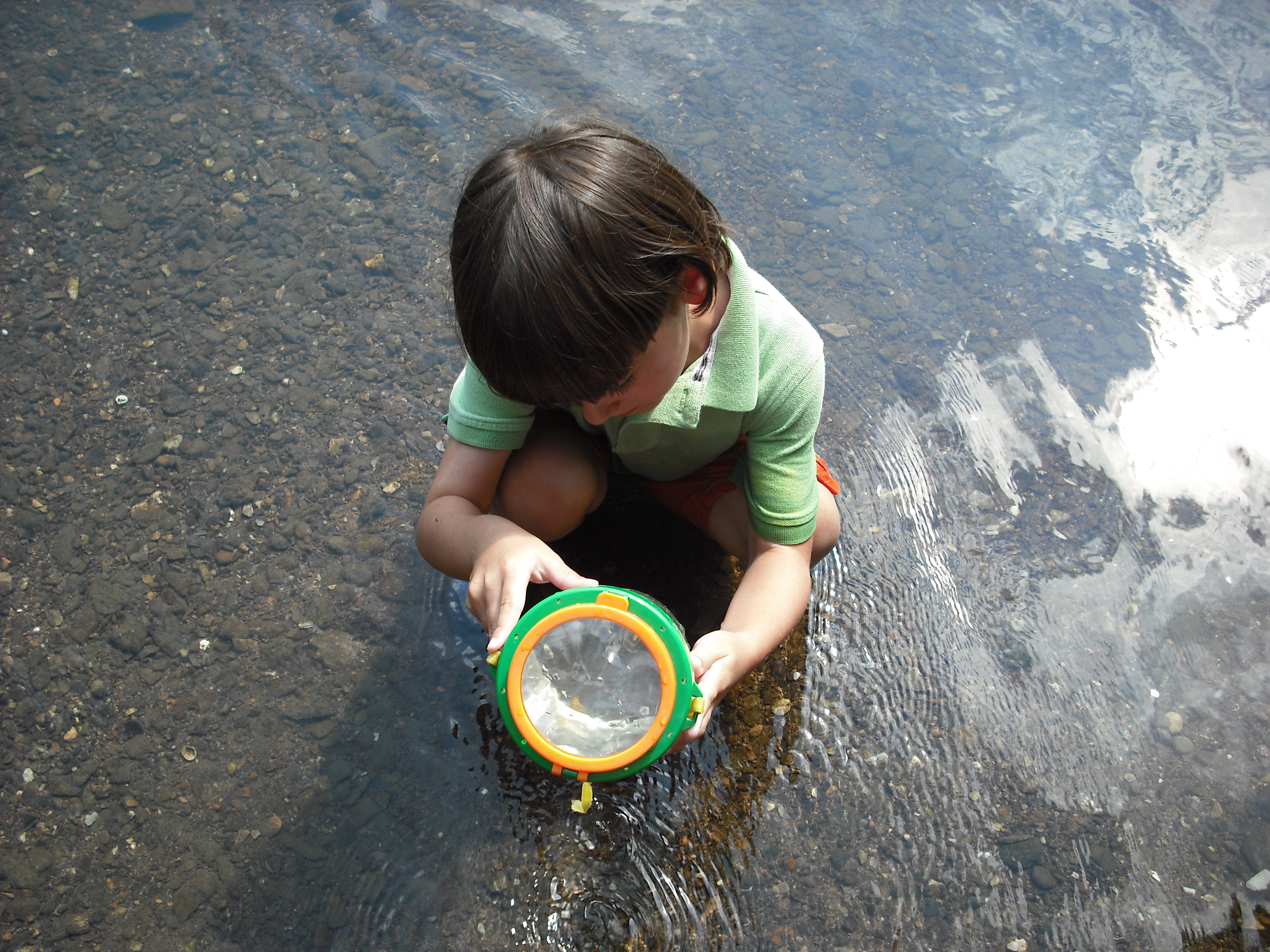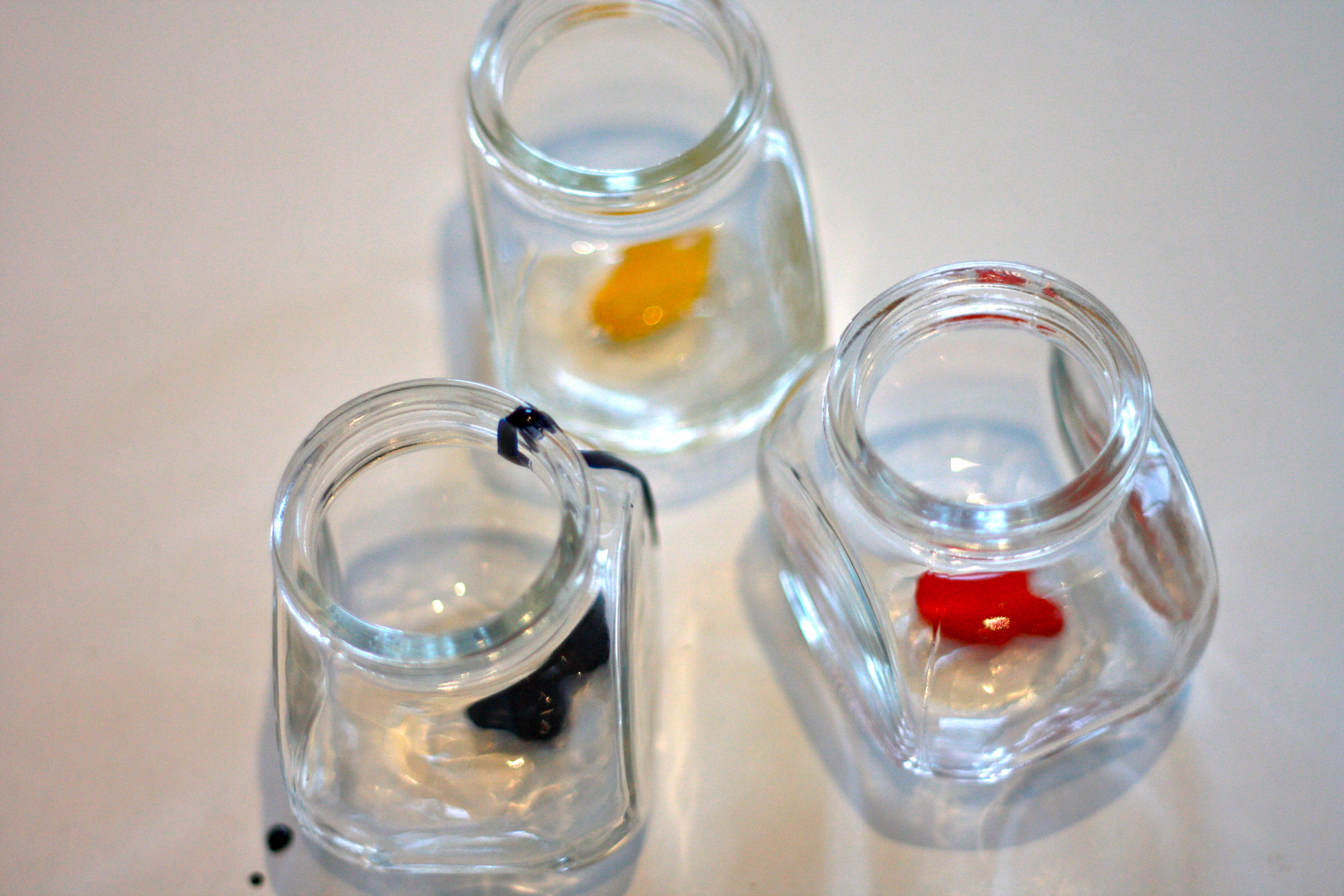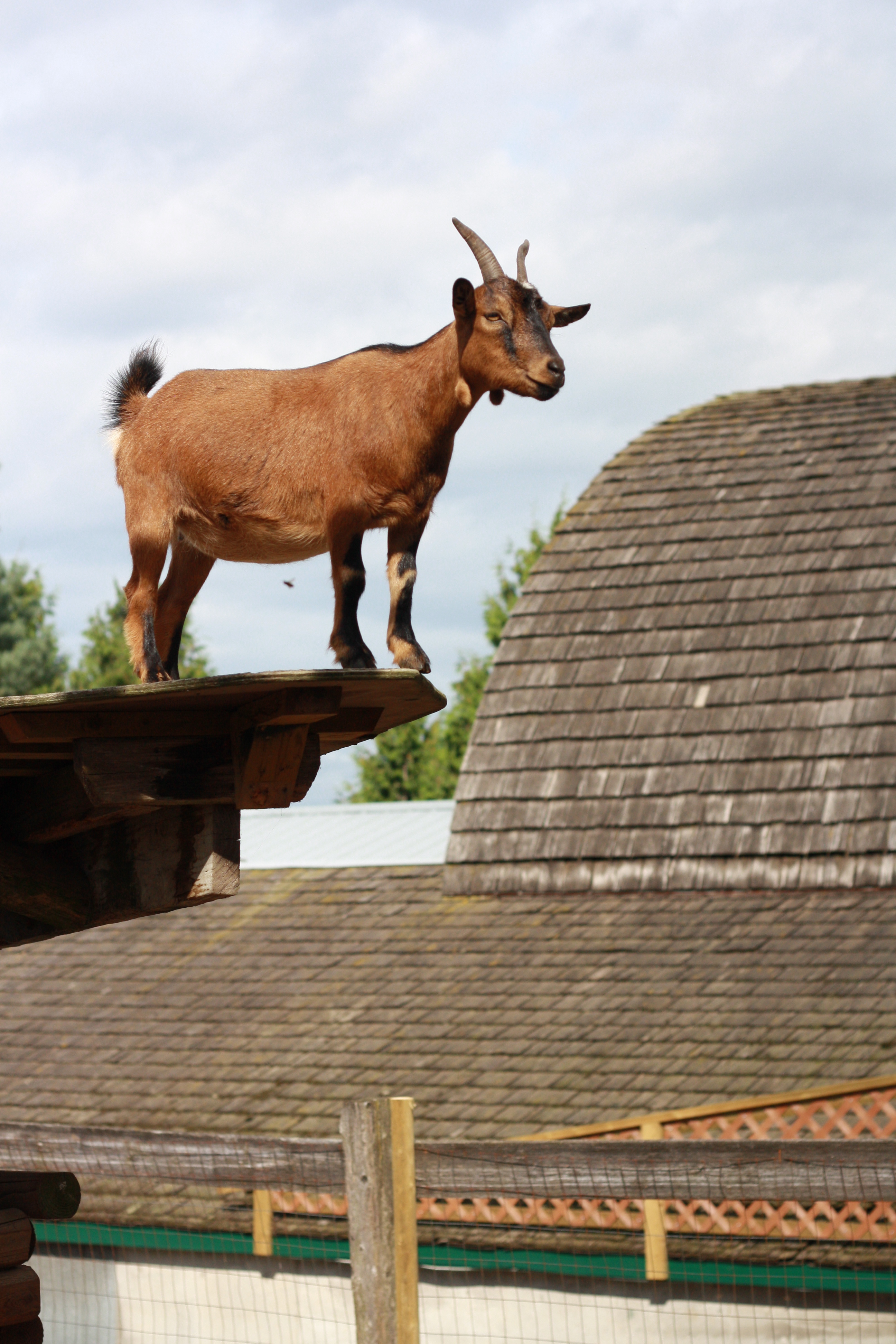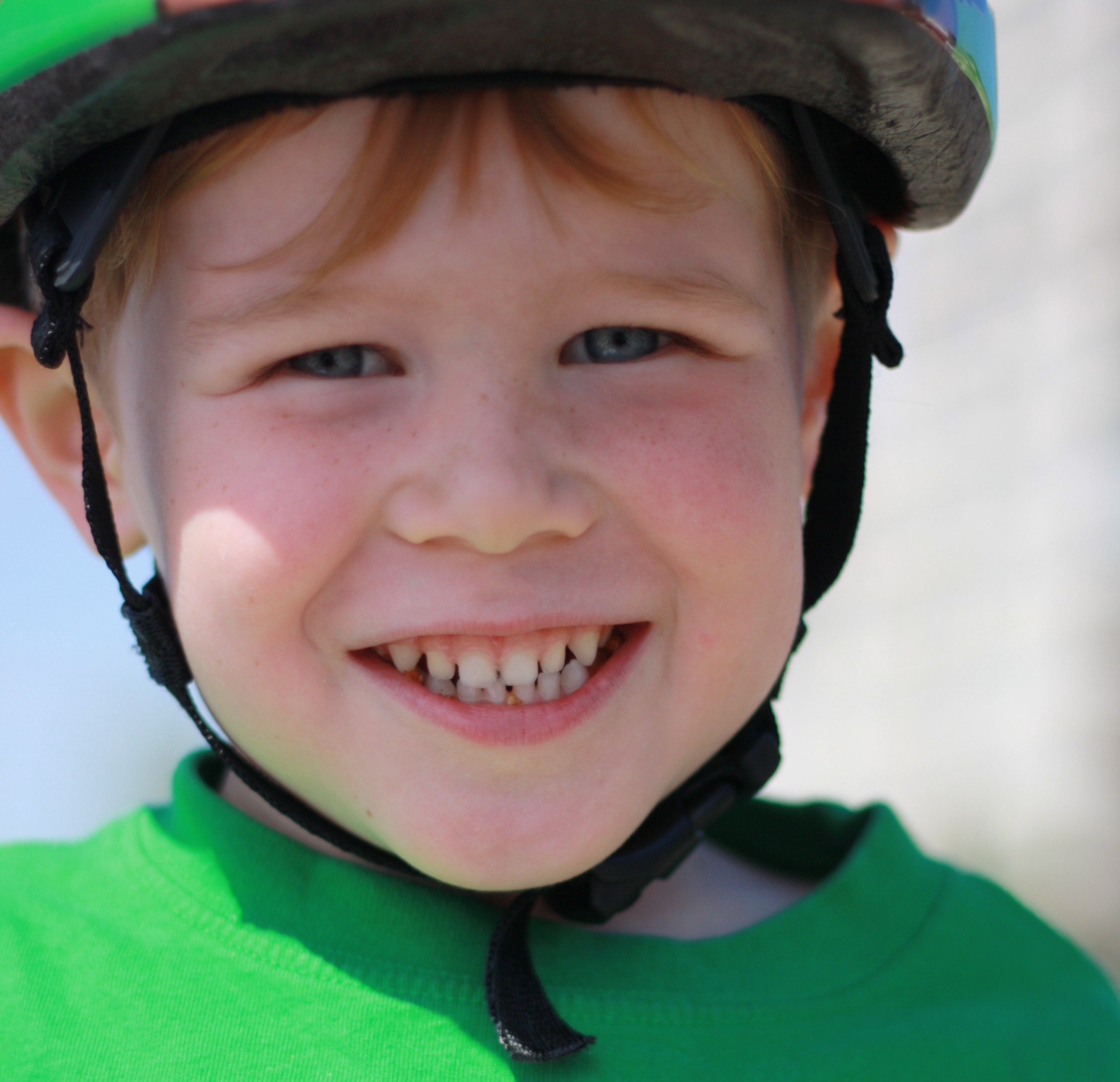
by Kelly | Oct 21, 2011 | Featured Fridays |
A few weeks ago, I had the privilege of connecting with Jessica over at Only Small Things. An inspired blogger, she’s also an unschooler. Only Small Things is a great example of just how amazing an unschooling life can be. Enjoy her pearls of wisdom. 1. Tell us a bit about your family, and how you came to homeschooling. We are a family of three, living in Pennsylvania. Michael and I have been together since 1994. In 2000, I entered graduate school while still searching for a full-time teaching job in the public school system. I earned my M.Ed. but I also realized, I have no desire to teach in the public school system. Soon after Benjamin was born in 2004, Michael and I knew we did not want to place him in public school. We wanted his individuality, his imagination and his passion to remain intact and neither one of us felt this would happen in a public school environment. We began seeking alternatives. For some time we were sure we would enroll him in one of Pennsylvania’s public cyber charter schools. However, in 2009 I was diagnosed with breast cancer. Benjamin was to start kindergarten in 2010-2011. I was afraid I could not keep up with the stringent demands of a public cyber charter school, as I knew I had surgeries looming in the future. While I was in treatment (chemotherapy) I began reading about traditional homeschooling. Fortunately, I discovered Pennsylvania offers parents an educational alternative, the Private Tutor Law. Essentially, because I am a PA-certified instructor, I may keep Benjamin out of school as long as...

by Kelly | Oct 17, 2011 | Inspiration Mondays |
For today’s inspiration Monday, I thought I’d share our new appreciation for watercolour painting. Inspired by the Waldorf concept that watercolours paints are wonderful for experimenting with colour mixing, and beautiful because kids can see the light through the colours they are using, we thought we’d give them a try. We ordered some Stockmar watercolours (the three primary colours), and gave it a whirl (on a Wednesday). Here’s a quick step-by-step for those of you who are new to the process: 1. Gather Your Supplies: watercolour paper, mixing jars, watercolour paints, brushes, and, of course, water! 2. Soak your paper in water for approximately 10-15 minutes. We did ours in the kitchen sink. 3. Add paint to your jars. This could, but doesn’t need to be, an exact science. I went for a blob in each jar, and filled each one 1/3 of the way with water. The first time, it was too watery. So, the next time I went for a bigger blob of paint. Experimentation is part of the fun! (of course, this attitude may be the reason my baking is sometimes less than delectable). Come to think of it, if you wanted to set this up like a proper experiment, it would make a great introduction to the scientific process… 4. Apply paint liberally by brush. Sure, there is a lot more to it than that. Like, use too much water and your painting will dry pale and washed out (done that). Or, clean your brush before using a new colour (so you don’t get a lovely mucky brown in all the jars. Also done that). Or...

by Kelly | Oct 14, 2011 | Featured Fridays |
Here we go with our last Cowichan Valley interview. Jacquie deJong Seinin sat down with me on a beautiful sunny day, for a quick chat. She shared her inspiration, and thoughts on sustainable living. Many thanks for your insights! 1. Tell us a bit about your family We have three daughters, Hanna (13), Clara (11) and Maggie (9). We live on a small acreage, with a goat farm. We make our own yogurt, cheese etc. We chose this life because we wanted our daughters to know where their food comes from and be involved in producing their own food. Living this way teaches those skills around sustaining oneself. By doing so, we are also creating a community and sharing those values with others. We trade milk for yoga classes, for example. 2. Have you always known you wanted to homeschool? Tell us a bit about your homeschooling journey. No. It was an evolutionary process. It started off on the Sunshine Coast (BC). Our schooling centered around the Waldorf approach. Rudolf Steiner really resonated with us. For example, the concept that every third year, a change happens [in a child’s development]. When our girls turn 9, we honour this with a special “coming of age” trip. Each one has looked different, depending on the child (bicycle trip, a wilderness hike or a canoe trip). We are trying to honour those passages. Hannah started with a Waldorf-inspired school (SunHaven) and just thrived. When we heard about Sunrise (another Waldorf-inspired school), here on the island, we moved here for the school. Hannah was in Grade 2 and Clara was in their Kindercottage...

by Kelly | Oct 12, 2011 | Learning Librarian |
Just finished reading a fascinating article about a UNICEF study on the health and well-being of children in the UK, Spain and Sweden. Among other things, the study found that children in the UK had the lowest well-being, and that much of that was related to two things: family time, and consumerism. The study concluded that one of the reasons children in the UK were less happy, was because of the tremendous financial pressures on their parents. The study found that the country, as a whole, did not value family time in the same way that Spain and Sweden do. With less support for working parents, and wages that don’t allow for flexibility in scheduling and work load, the UK is a harder place for families. However, the study also found that parents in the UK were under more pressure to provide “stuff” for their children, in the way of material goods: brand name clothing, technology etc. And, on top of that, many well-meaning parents were providing their children with this stuff as a replacement for the time they aren’t able to spend with their kids. “Consumer culture in the UK contrasts starkly with Sweden and Spain, where family time is prioritised, children and families are under less pressure to own material goods and children have greater access to activities out of the home,” said the report. The article I read suggested that the study was a good reminder for North American parents as well. It is hard to imagine that American and Canadian parents aren’t feeling many of the same pressures as UK families, and that they aren’t reacting...






